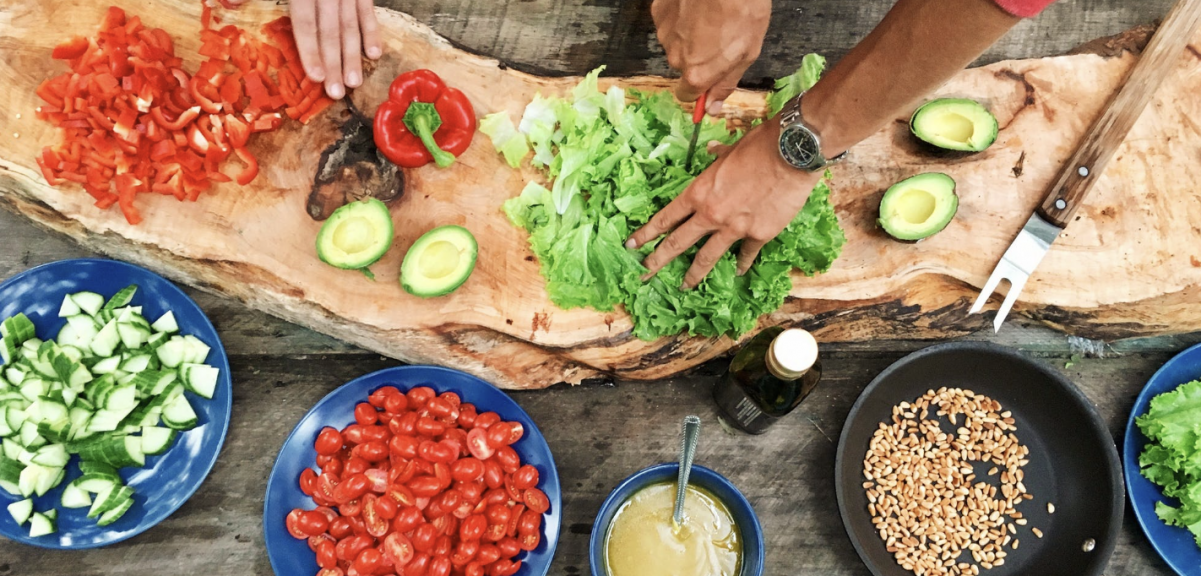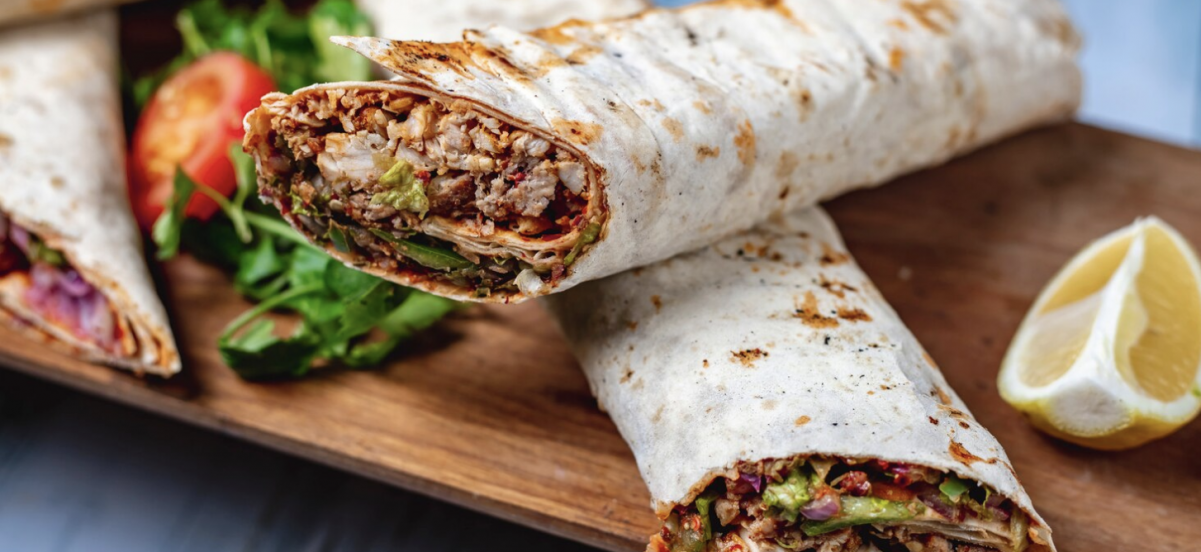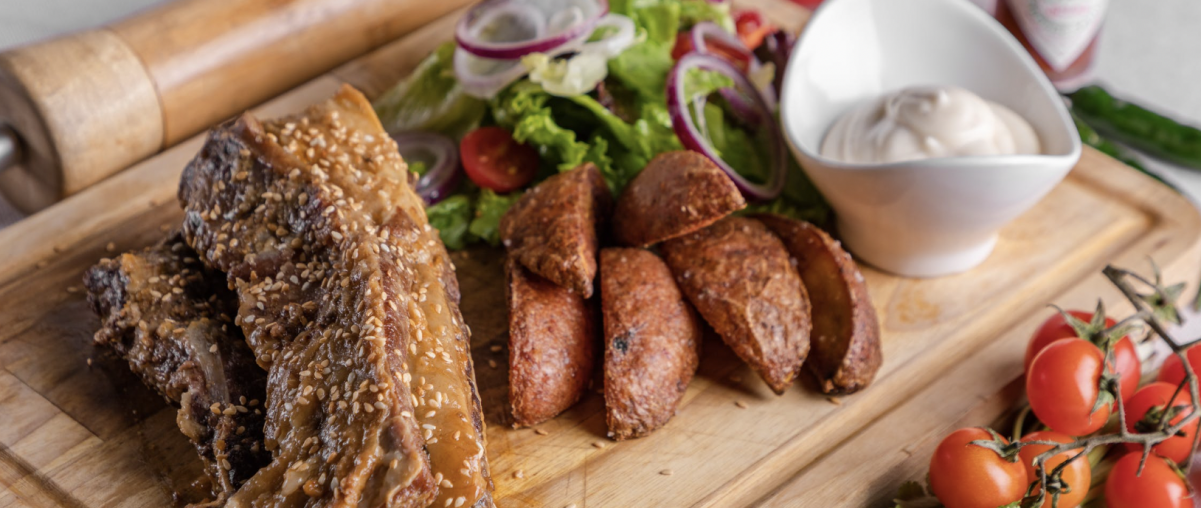Natural and affordable products, delicious and varied cuisine, friendliness of the staff in cafes and restaurants do not leave indifferent anyone who comes to vacation or moves to live by the sea. And the more you learn details and subtleties, the more delicious your gastronomic life in Turkey becomes.
Each Venue for Its Own Purpose
Over time, it's easy to notice that many dining establishments in Turkey have their own specialization. For example, there are cafes that mainly serve soups, prepare only meat kebabs, offer desserts, or focus on fish and seafood. You can find small cafes that specialize in, for example, only chebureks or bean patties, and they do it masterfully. It's best not to risk ordering dishes that the chefs are clearly not skilled in.
Only chain bistros can boast of a universal menu, but their food quality is not always perfect. In resort areas, many restaurants adapt to tourists and try to supplement their menus with European cuisine.
In general, Turks like to move around, so changing 2 – 3 places in an evening is normal for them. For example, they might have dinner in one restaurant, drink rakı, dance, and listen to live music in another, smoke a hookah in a third place, and finish with dessert in a specialized cafe.

Features of Turkish Dining
Turks actively use grains, legumes, fresh vegetables, and spices in their dishes. They use olive oil extensively, but many also like to add tomato and pepper paste, which can make the food heavier.
Local fast food is very popular in Turkey. You can confidently try doners (Turkish shawarma), fish sandwiches ("balık ekmek"), boiled corn, stuffed mussels, and much more right on the street.

Keep in mind that there are restaurants and cafes where alcohol is not sold, but due to lower taxes, these establishments offer advantageous prices. Turkish diners (lokanta) with a self-service system, where you can choose from ready-made dishes on display, are also popular.
The menu might not have pictures and detailed descriptions, but waiters are usually happy to answer all your questions. Some places, such as small family-run restaurants, may not have menus or prices listed. If you are a tourist, it's better to clarify everything in advance to avoid unpleasant surprises. Bread is often served for free, and drinking water is frequently provided as well.
Compliments from the chef and the establishment are common, especially if you are a regular customer. After dinner, you might be offered tea, coffee, fruits, or Middle Eastern sweets.

In Turkey, tips are not included in the bill; customers usually leave a gratuity to the waitstaff at their discretion, approximately 5–10% of the check. In most places, you can pay in different currencies and by card.
If you liked how you were served, keep the business cards. Most cafes and restaurants offer home delivery services.
Tips and Recommendations
1. Eat where there are fewer tourists.
Ask locals for recommendations. Often, the best food is served in unpretentious cafes with no fancy decor or scenic views, hidden in alleys and not needing loud advertising.
2. Clarify portion sizes.
Menus rarely indicate the weight of portions in grams. Sometimes, one salad or main dish combined with several appetizers is enough for two people.

3. Check the bill.
Sometimes, in tourist areas, there might be mistakes that are not in your favor. It’s better to double-check, as waiters usually correct any errors quickly.
4. Reserve tables.
During peak season, it's best to arrange for seating in popular restaurants with a view in advance if you plan to have dinner.
5. Try something new.
Dish names may not always be familiar, but don’t refuse the waiter's recommendations. This can lead to some very pleasant culinary discoveries.






